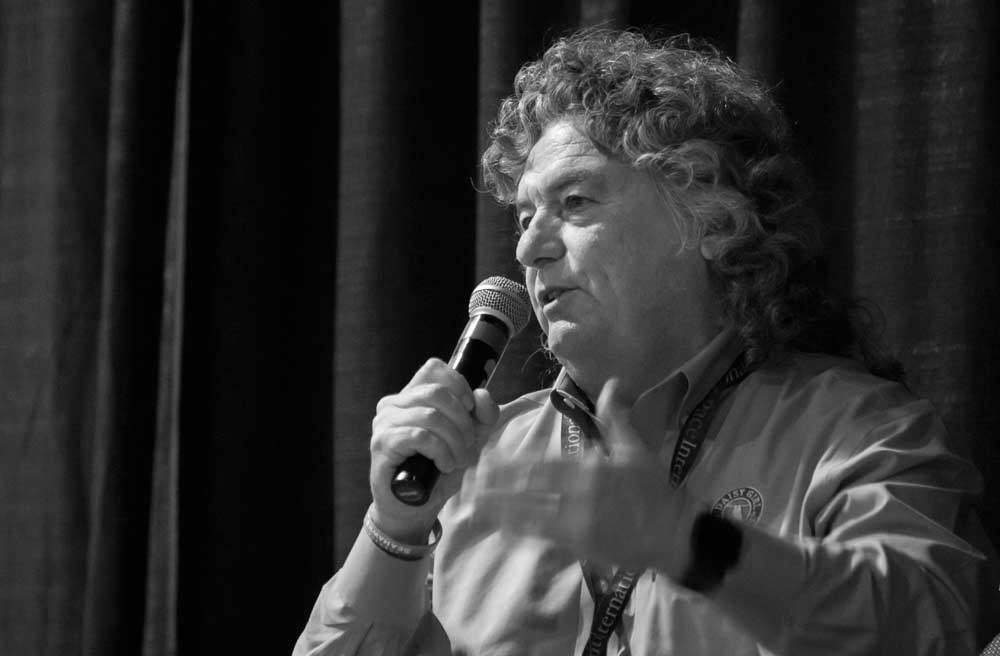A panel of growers shared their experiences managing crop load during today’s afternoon session at the Washington State Tree Fruit Association annual meeting.
Everything is based on having a bloom target, Washington State University researcher Matt Whiting said in opening the session.
Washington Fruit and Produce determines trunk cross sectional area to determine crop load in years one through six in an orchard, to ensure a young block isn’t overcropped, slowing growth, Andrew Del Rosario said.
Mike Robinson of BMR Orchards said he follows a similar path, though more informally, without advanced spreadsheets to track all of the findings. “How do you get a consistent crop? Part of it is getting pruning right and having a plan,” he said.
Brent Huck of Stemilt noted growers must first make sure the tree is balanced, with competition limbs, otherwise the numbers will be skewed.
WSU’s Vince Jones reminded growers about models available under the Decision Aid System, including additional flower phenology data—three cultivars already with five more in progress, such as the new WSU-bred apple variety WA 38, to be sold under the name Cosmic Crisp.
Honeybee foraging models are also available, as well as models for sunburn browning, storage scald and various diseases and pests.
During a session on organics, two experts shared that a diligent scouting program is one of the most critical components to growing organic tree fruit.

Dain Craver, DAC Consulting, speaks during the Washington State Tree Fruit Association 113th Annual Meeting on December 6, 2017.
Consultant Dain Craver and Zirkle Fruit’s Teah Smith stressed the importance of starting a well-trained scout team to find evidence of pests and diseases and to help plan everything else.
Smith recommended diligently checking for little cherry virus, searching every day for small and poorly colored fruit, sending in samples for testing even if symptoms appear minor.
She does not believe the industry is taking the disease seriously enough.
Zea Sonnabend urged organic growers to think of creating an entire ecosystem in their orchards that includes hedge rows, cover crops and a wide array of organic matter in soil that gets disturbed as little as possible.
– by Shannon Dininny, Ross Courtney






Leave A Comment